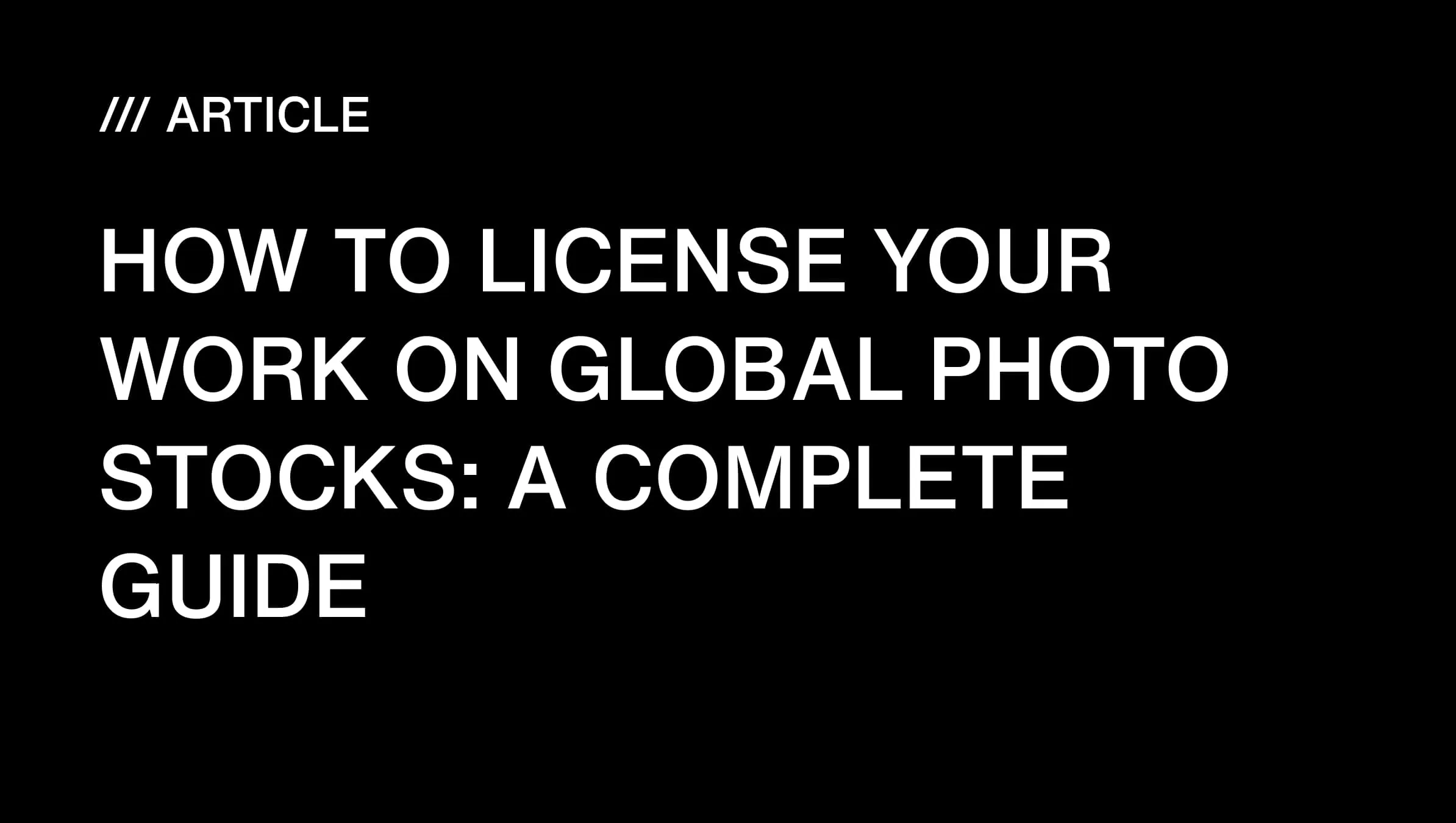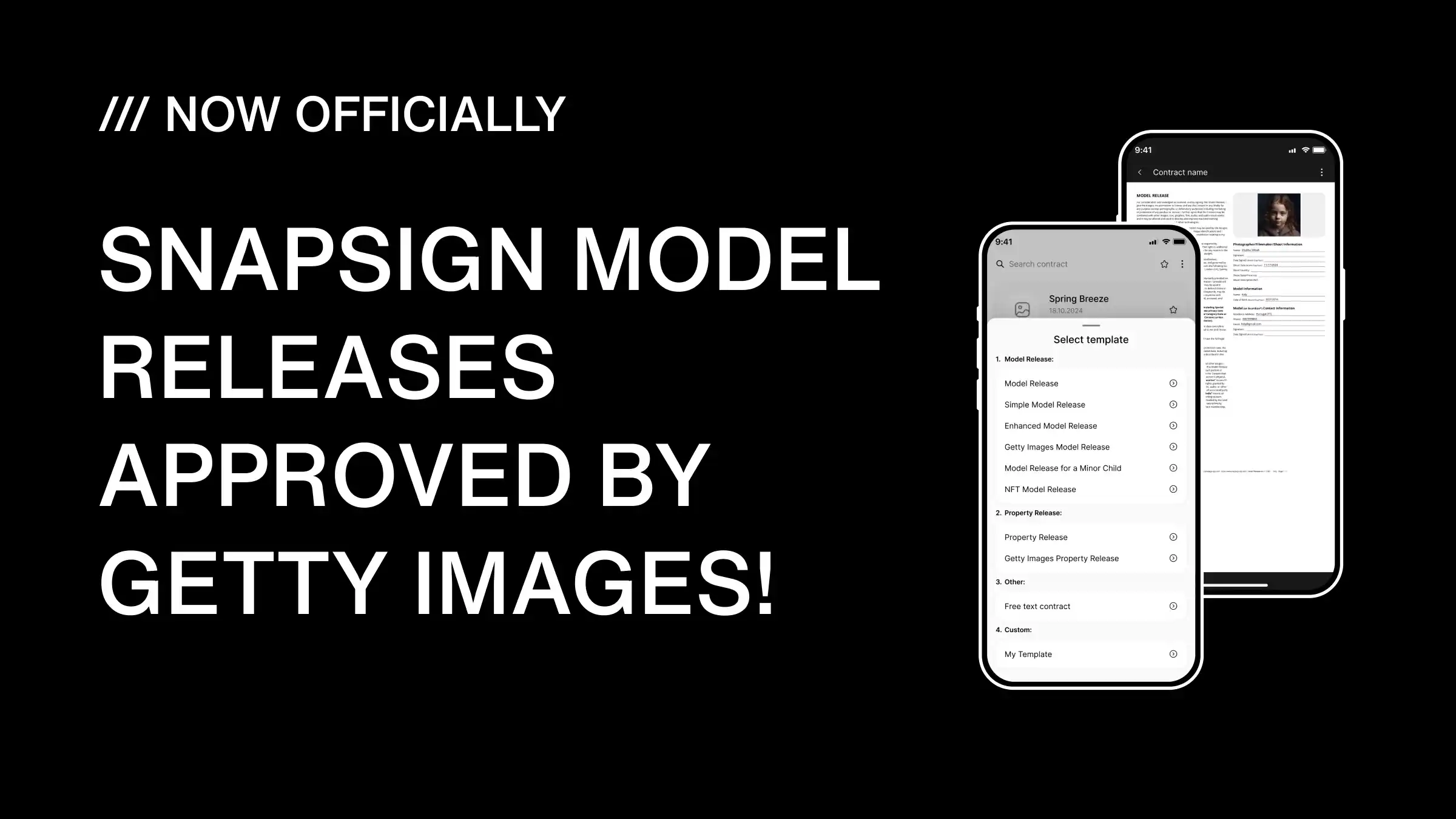How to License Your Work on Global Photo Stocks
Do you want to make money from your photographs?
You’ve got folders full of dope shots just chillin’ on your hard drive - portraits, cityscapes, maybe a few random coffee cups on a rustic table. And you're thinking, “Can I actually make some cash off these?”
Short answer: hell yes.
But if you wanna do it right, you gotta understand how licensing works - especially if you're eyeing global photo stock platforms. Don’t stress, I’ll walk you through it all, no fluff. Let's get into it.
Licensing 101: What It Actually Means
So... What’s Licensing Anyway?
Think of licensing like loaning out your image with a rulebook. You’re not handing over your baby forever - you’re just letting someone use it under conditions you set. That's the license. Simple.
Why Even Bother Licensing?
Because passive income, baby. You license a photo once and boom - it can keep earning you for years. Plus, you stay in control of how it’s used. It’s like turning your portfolio into a vending machine. People grab what they need, and you get paid.
Different Types of Licenses (Know These!)
Royalty-Free (But Not Actually Free)
This one trips folks up. “Royalty-free” doesn’t mean the buyer pays nothing. It just means they pay once, and can use it a bunch of times (within reason). Most stock sites love this model, and honestly, it’s super common.
Rights-Managed (More $$$, More Rules)
This one’s more exclusive. Buyers pay for specific rights - how long they’ll use it, where, what medium, etc. You usually make more money this way, but it's a bit more paperwork-y. Still, if you've got killer niche content, it’s worth exploring.
Editorial Use (News-Only Vibes)
These are your protest pics, celebs in public, street moments - real, raw, not staged. No need for model/property releases, but you also can’t sell them for ads or commercial stuff. Strictly news, blogs, documentaries, etc.
Picking a Photo Stock Site (Not All Are Equal)
A Few Big Players:
High standards, big reputation. If you’ve got editorial or magazine-worthy work, aim here. Not for the faint of heart, though.
Massive library, very contributor-friendly. If you’re just getting your feet wet, this one’s a solid start.
Tied into the Creative Cloud - perfect if you're already knee-deep in Lightroom or Photoshop. Payouts aren’t bad either.
What You Should Actually Care About
- • How much they pay (and how often)
- • How many eyeballs your pics might get
- • Submission pain level (some are brutal, others chill)
- • Whether you gotta go exclusive or can post elsewhere too
Gettin' Your Stuff Ready to Upload
Image Quality (Don’t Upload Garbage)
I’m talkin’ sharp, high-res, clean images. Keep that ISO under control, skip the gimmicky filters, and edit like a pro. Most sites will ghost your stuff if it’s too noisy or overcooked.
Keywords + Metadata = Sales
This ain’t busywork - it’s what helps people find your photos. Tag accurately. Don’t go rogue with irrelevant stuff just to rank. Good tagging = better search visibility = cha-ching.
Step-by-Step: Getting Licensed Like a Pro
1. Sign Up
Pick a platform, create an account, and verify your ID (yep, they need to know you’re real).
2. Upload & Tag
Drag those beauties in, write killer titles and descriptions, and add smart keywords. Be descriptive but not spammy.
3. Pick a License
Depending on the platform, you’ll either choose a license or the site decides for you. Know the difference between royalty-free, editorial, etc.
4. Hit Submit
Let it fly. Then wait - review times vary, but usually a few days. Some faster, some sloooow.
Wanna Sell More? Do This:
Shoot Stuff That’s In Demand
You know those stock clichés? They exist for a reason. Office scenes, people laughing over laptops, nature, food, travel - all money-makers. Shoot like a marketer, not just an artist.
Nail Your Keywords
Don’t just dump in whatever comes to mind. Consider what purchasers are looking for. Sure.
Continue to Appear Consistently
Uploading consistently keeps your account active and your images visible. It builds momentum. Don’t ghost the platform - it notices.
Rookie Mistakes to Dodge
Forgetting Model or Property Releases
If there's a recognizable person or private place, get a release signed. No exceptions if it’s marked “commercial.” If you skip it, your photo gets flagged - or worse, yanked.
Pro Tip: Use SnapSign to create and manage your model releases. It’s a digital tool that makes getting signatures quick and legit - no printing, scanning, or awkward paperwork. Just upload your release template, send it to your subject, and SnapSign handles the rest. Super helpful when you’re dealing with stock sites that demand proper releases for commercial content. Plus, it keeps all your signed docs organized and accessible. Total lifesaver.
Submitting Low-Quality Stuff
Grainy night shots? Blurry handhelds? Just... no. Shoot RAW, edit with love, and respect the process. You're not just tossing pics online - you're building a rep.
The Legal Stuff (Don’t Snooze on This)
Copyright vs. Licensing
You own the image. Always. Licensing just says “hey, you can use this under X, Y, Z conditions.” Don’t sign away full rights unless you’re 100% cool with it.
Know When to Get a Release
Basically: if it’s alive, branded, or privately owned - get permission. Most platforms have templates, so no excuses.
Watch Your Stats, Grow Your Hustle
Use Platform Analytics
You’ll see what’s getting clicks, downloads, and $$ - super helpful for figuring out what’s hot and what’s meh. Pay attention.
Reinvest in Your Craft
Use your earnings to upgrade gear, take a trip, grab a course - whatever pushes you forward. Every dollar reinvested is fuel for more sales.
Final Thoughts: You Got This
Look - you don’t need to be a full-time pro to start making money from your photos. If you’ve got the eye and some hustle, you can totally turn your shots into a nice passive income stream. It’s all about thinking like a visual creator and a mini business.
So yeah... open that folder, pick your best work, and start uploading. Let those pixels pay rent.





